Travel and photography could be considered a thing unto itself, kind of like macaroni and cheese or peas and carrots.
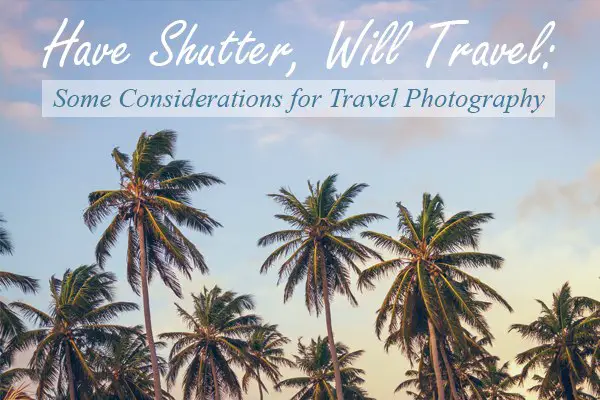
Travel has a natural allure to photographers, promising unique views of life and existence that can only be experienced — and photographed — by throwing yourself into new worlds and meeting new people.
While there’s something to be said for the romantic notion of diving in head-first and learning your lessons through trial by fire, a little effort toward preparation can go a long way in helping you get the most out of your travels. Below are some issues to consider before packing your bags.
Where Are You Going?
If you’re traveling far, especially if you’re leaving the country, it pays to do a little research about your destination. What foods will you encounter? What sports are the most popular? What’s in the news there? You don’t have to become an expert, but being familiar with these things will help you engage with the locals and gain their trust and cooperation. Check out our list of top 100 travel destinations for photography.
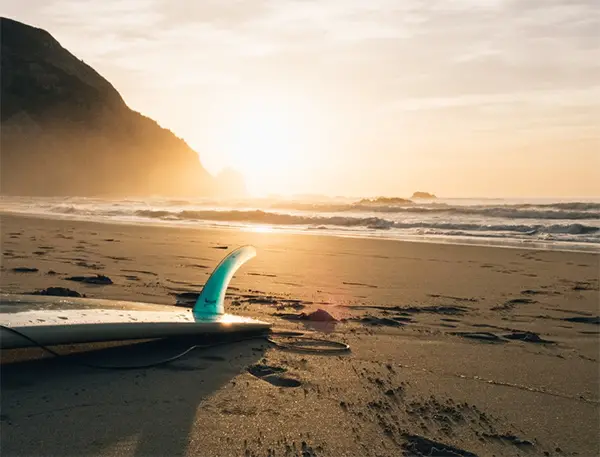
Read up on the culture
This is just a good travel tip in general, but it’s especially important if you’re going to be taking photos in public places. A half hour of reading on some travel sites about the place you’re visiting could save you from learning some social lessons the hard way. It could also help you get along with the locals, and maybe even get some volunteers for some interesting photos.
Read up on the law
In some places, privacy laws restrict or limit what or whom you may be able to photograph in public places. While you probably won’t end up thrown into prison for snapping photos in public, knowing what is and isn’t acceptable could very well save you an awkward encounter with local law enforcement or security guards.
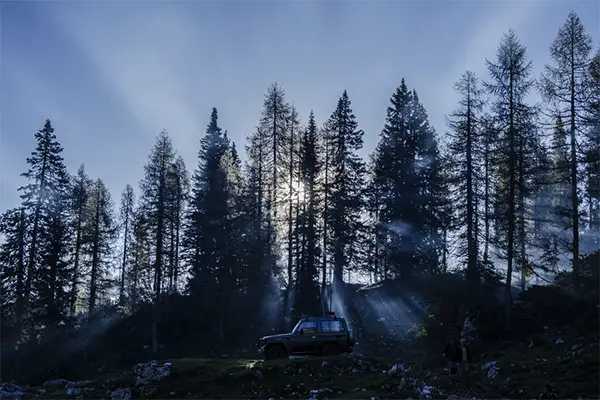
Learn the language
Well, at least some key phrases. Learn how to say hello and a few other basic greetings. Learn how to ask if you can take a person’s picture. Learn a few compliments to help them feel at ease in front of your camera. Often, locals appreciate visitors who know at least a little bit of the local language language.
Get away from the tourist traps
Sure, you can get a photo of the Taj Mahal or Big Ben. But you can find countless photos of these things with a quick Internet search, or even after spending a few minutes browsing through your friends’ Facebook photos.
Consider instead finding the places tourists aren’t milling about. If you can, ask around to find out where the secret spots are.
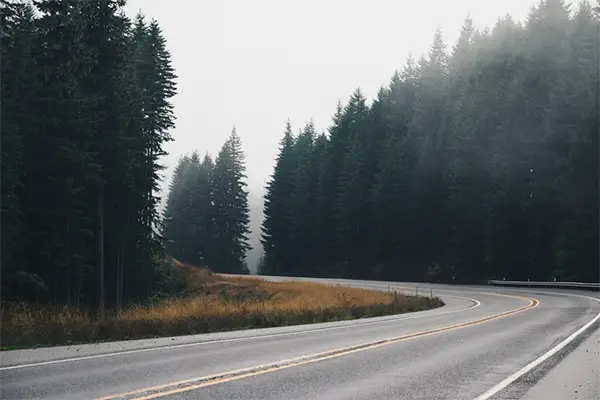
Stay where the action is
When you make your travel plans, try to stay in places with points of interest within walking distance. When you travel around town, don’t be in a hurry. Slower traveling allows you more time to absorb the scenery, meet locals and grab some photos.
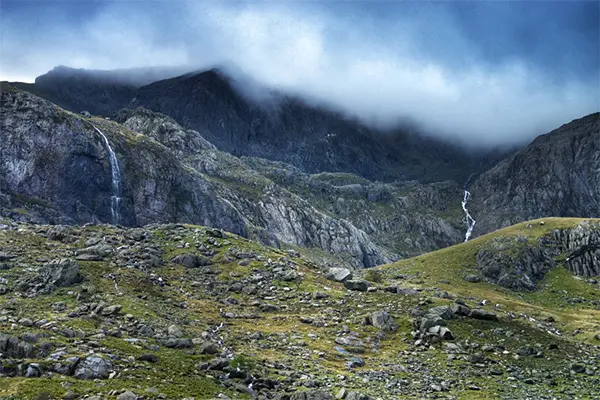
Build a rapport
Get to know the people you take photos of. Get their names and a little bit about them. If possible, keep in touch with them when you get back home. These are the people who will grant you access to more local places should you choose to return.
Gear
If you’re planning a trip and want to take photos, you’re going to need a camera. Just like any other photographic endeavor, you’ll need the appropriate tools. Here are some things to consider.
Pack light
You’re going to be much better off if you don’t bring your entire lens collection. A good, versatile choice would be something that gives you a wide angle view for capturing scenery, architecture and landscape photos, but zooms in enough to capture clear portraits. This lens by Tamron is a good choice, with its fast F/2.8 aperture and zoom from a wide 28 mm to a comfy 75mm.
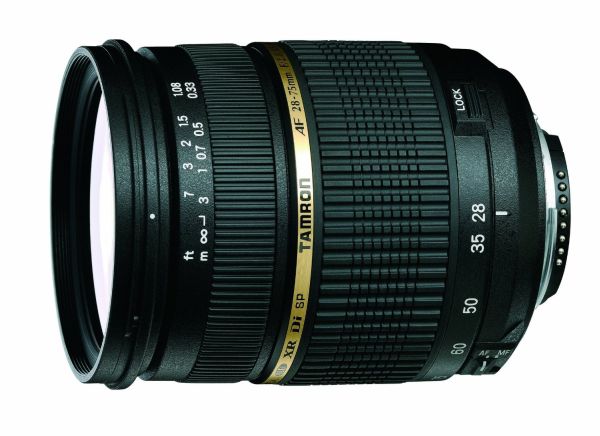
Or if you swear by prime lenses, bring your two favorite and leave the rest at home, or at least in the hotel room. Realistically, you won’t need all the extra stuff anyway. When traveling, mobility is key.
You might also onsider a smaller camera, such as a four-thirds or a mirrorless camera. These have gotten smaller than the average DSLR while maintaining impressive image quality. If you’re curious, check out our buyer’s guide to mirrorless cameras.
Make sure you’ve got plenty of power. Invest in an extra camera battery or two, and make sure they’re all charged and ready to go. If you use an independent flash, bring an extra set of rechargeable batteries, also fully charged, of course. And do some research to learn whether or not the place you’re vitising has different power sockets than what you have at home. If so, you’ll need a power converter.
Also make sure you have plenty of memory cards. Have you ever had to stop taking photos in order to scroll through your pictures, deleting ones you don’t like to free up room on your card? That’s time you could be taking photos.
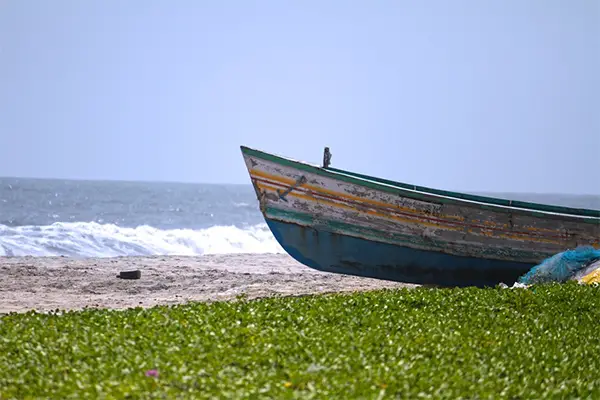
It’s a good idea to keep your cards in protective sleeves or cases. If you anticipate using more than a few memory cards, you might benefit from buying a storage book for them. Most of the books are small and inexpensive, making them an easy solution to the mess of cards and empty card cases floating around the bottom of your camera bag.
Travel photography can be one of those most fulfilling forms of photography. What do you find to be most important when taking a trip to take some photos? We’d love to hear from you.









It’s very important to know about travel photography. I like to travel. Nice article. Thank you so much.